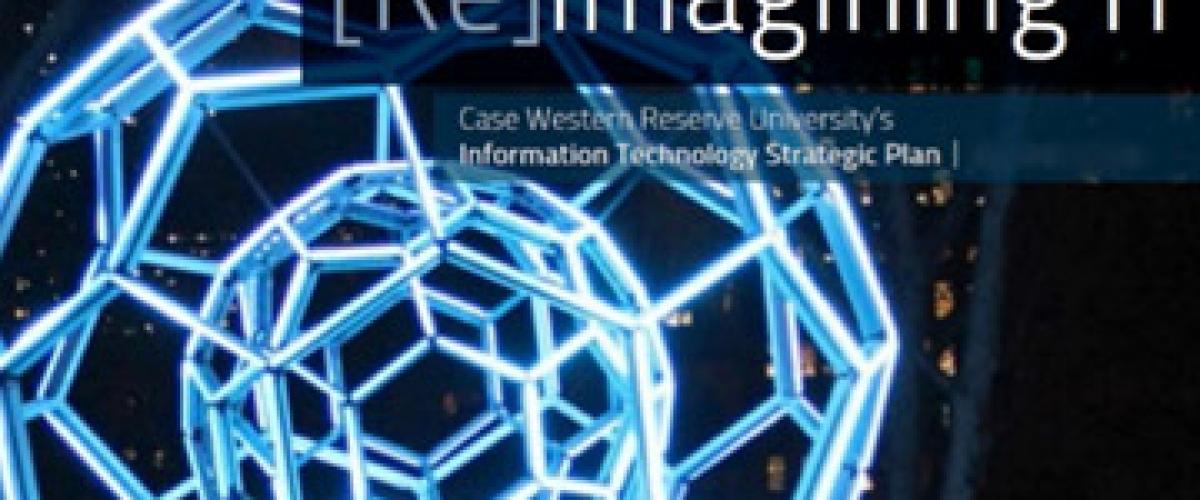 Megan Holmes
As part of a larger initiative to promote active learning at Case Western Reserve University, researchers from the social work school participated in a yearlong project to integrate active instruction and academic technologies into their courses.
The use of interactive technology and technology-based peer-to-peer active learning was considered a natural fit to teach clinical practice skills in social work—techniques designed to recognize students’ diverse learning styles and promote the hands-on application of skills in classroom and field settings.
Researchers, led by Megan R. Holmes, an assistant professor at the Jack, Joseph and Morton Mandel School of Applied Social Sciences, implemented the following innovations:
Megan Holmes
As part of a larger initiative to promote active learning at Case Western Reserve University, researchers from the social work school participated in a yearlong project to integrate active instruction and academic technologies into their courses.
The use of interactive technology and technology-based peer-to-peer active learning was considered a natural fit to teach clinical practice skills in social work—techniques designed to recognize students’ diverse learning styles and promote the hands-on application of skills in classroom and field settings.
Researchers, led by Megan R. Holmes, an assistant professor at the Jack, Joseph and Morton Mandel School of Applied Social Sciences, implemented the following innovations:
- A foundation methods practice course was “flipped”—students viewed online lectures and instructional videos at their own pace before meeting for class, allowing classroom time to be reserved for collaborative work and case-study exercises to engage students and deepen their understanding.
- Google technology was used in both foundation and advanced masters courses to: help bridge the gap between field and classroom work through case study discussions with community practitioners via video conferencing; create an online and in-class learning community; and promote student collaboration.
- The integration of newly designed interactive classroom learning spaces and collaborative technology to promote a shift toward active learning.
Results
Student feedback through course assessments and evaluations indicated that that some enjoyed the variation of group activities and that such activities produced a sense of classroom community. Based on feedback from 46 students in two social sciences courses:- Students liked the flexibility of moveable, comfortable seating.
- They liked the ability to collaborate using the large screen displays.
- Students also noted the importance of multiple electrical outlets for them to charge their personal devices, often a challenge in more traditionally designed classroom space.
- However, some students were initially somewhat overwhelmed by the amount of new technologies used in the courses. Two comments included that both unfamiliarity with Google Drive or being a non-traditional student required a little more “hand holding to understand the technology” and “struggles to access the electronic/computer information.”
- The students felt that once they understood how to use the technologies, they were helpful, but the beginning of the course did create some anxiety.
- The feedback provided by these students, along with the data supporting the benefit of using these applications, have led the program to incorporate technology training in the student orientation.



